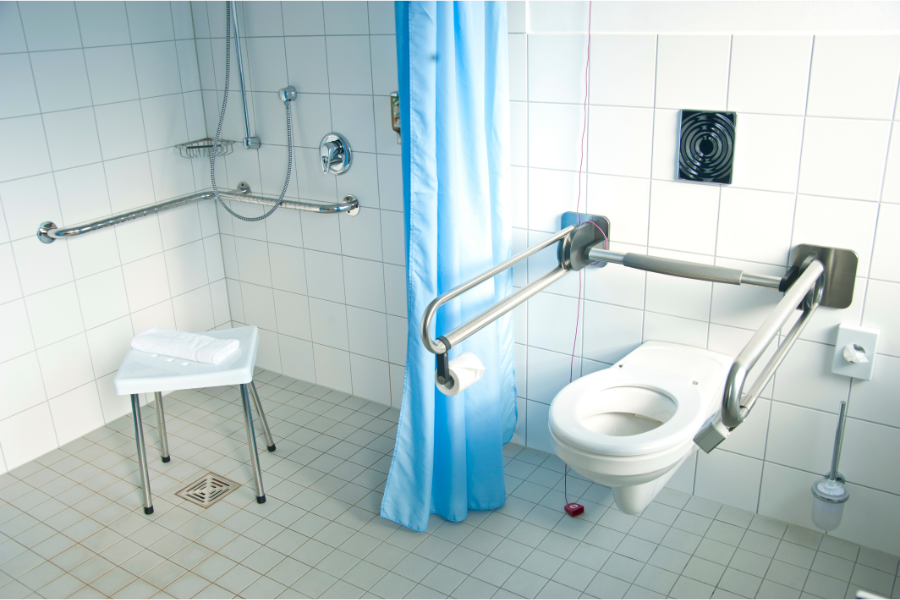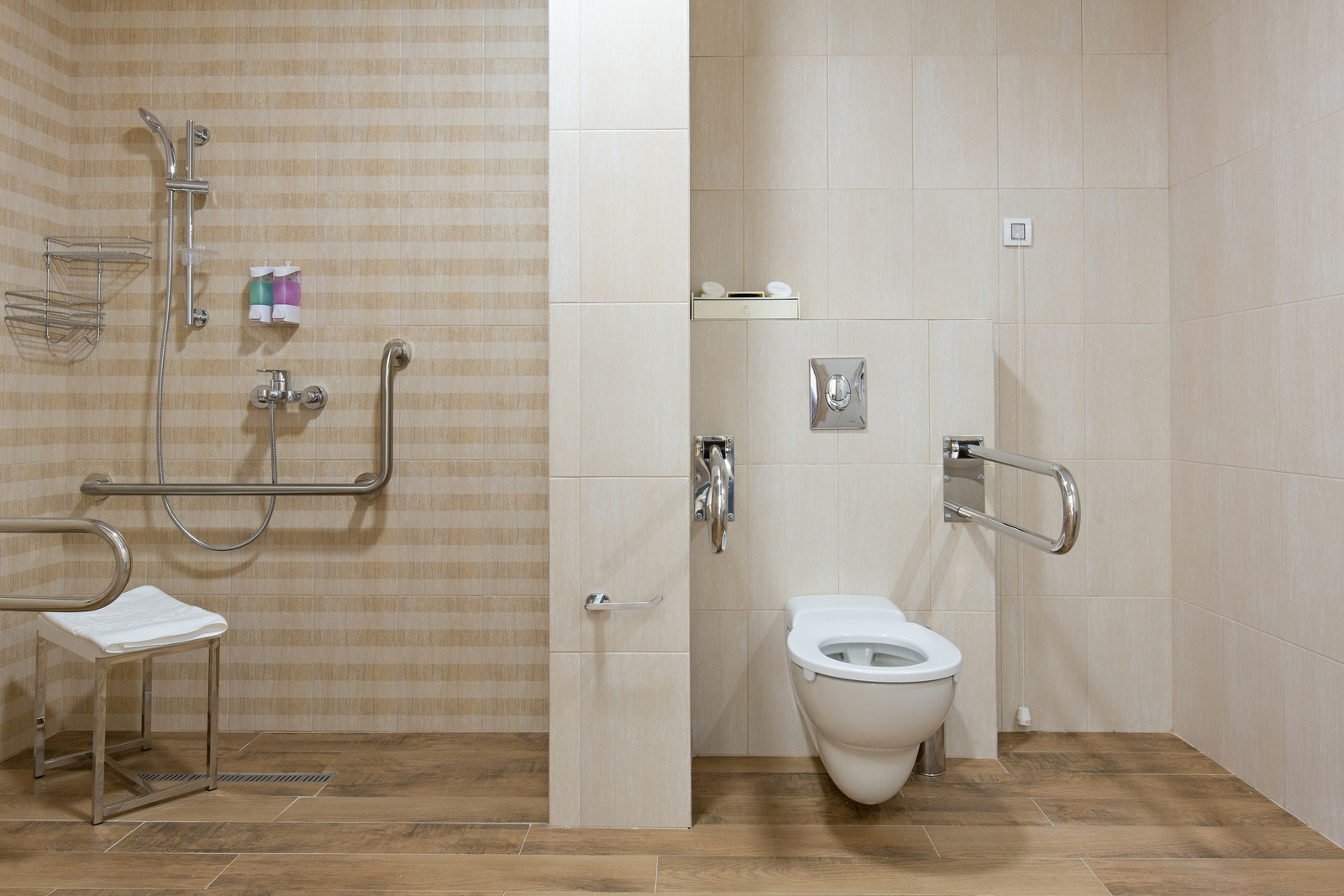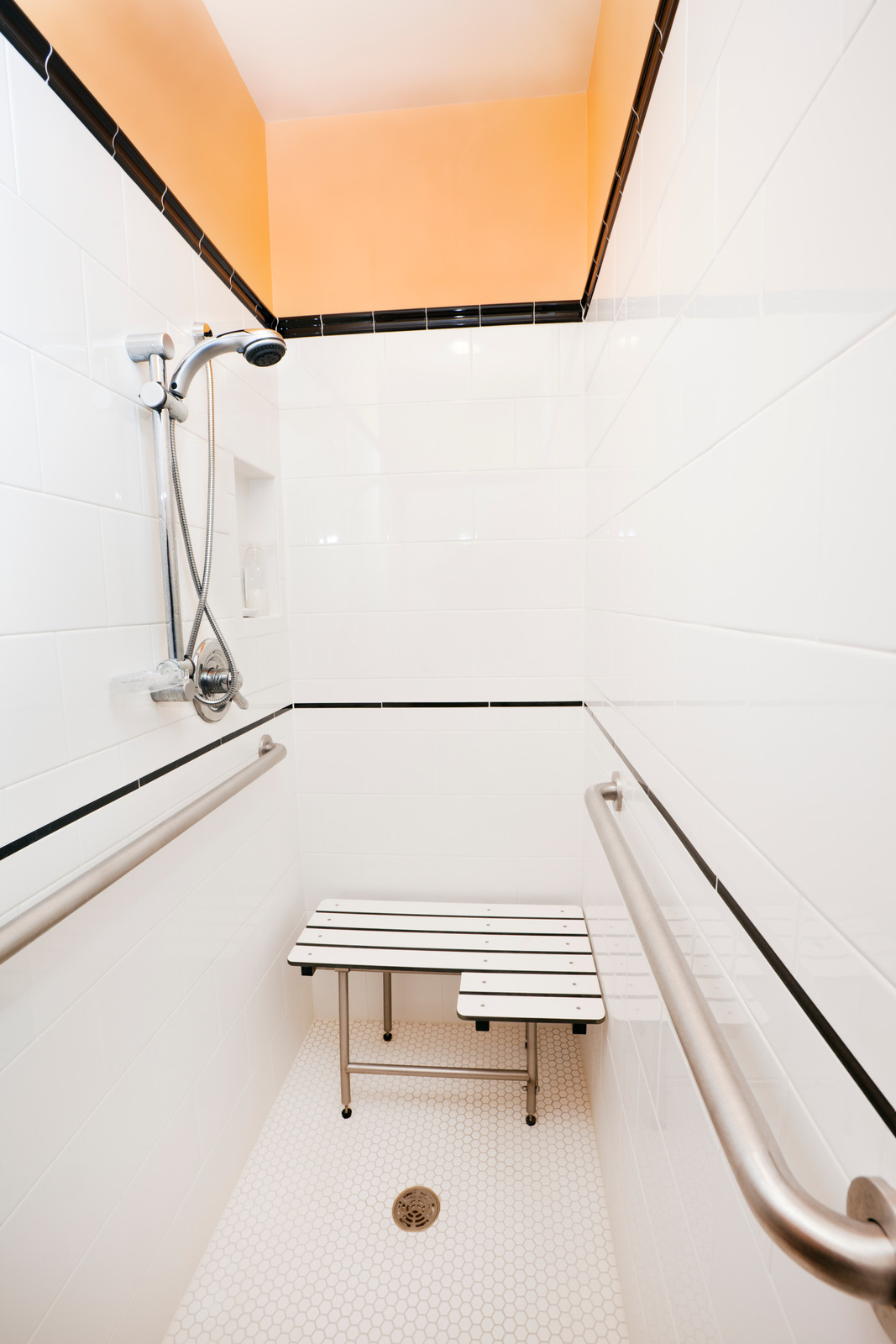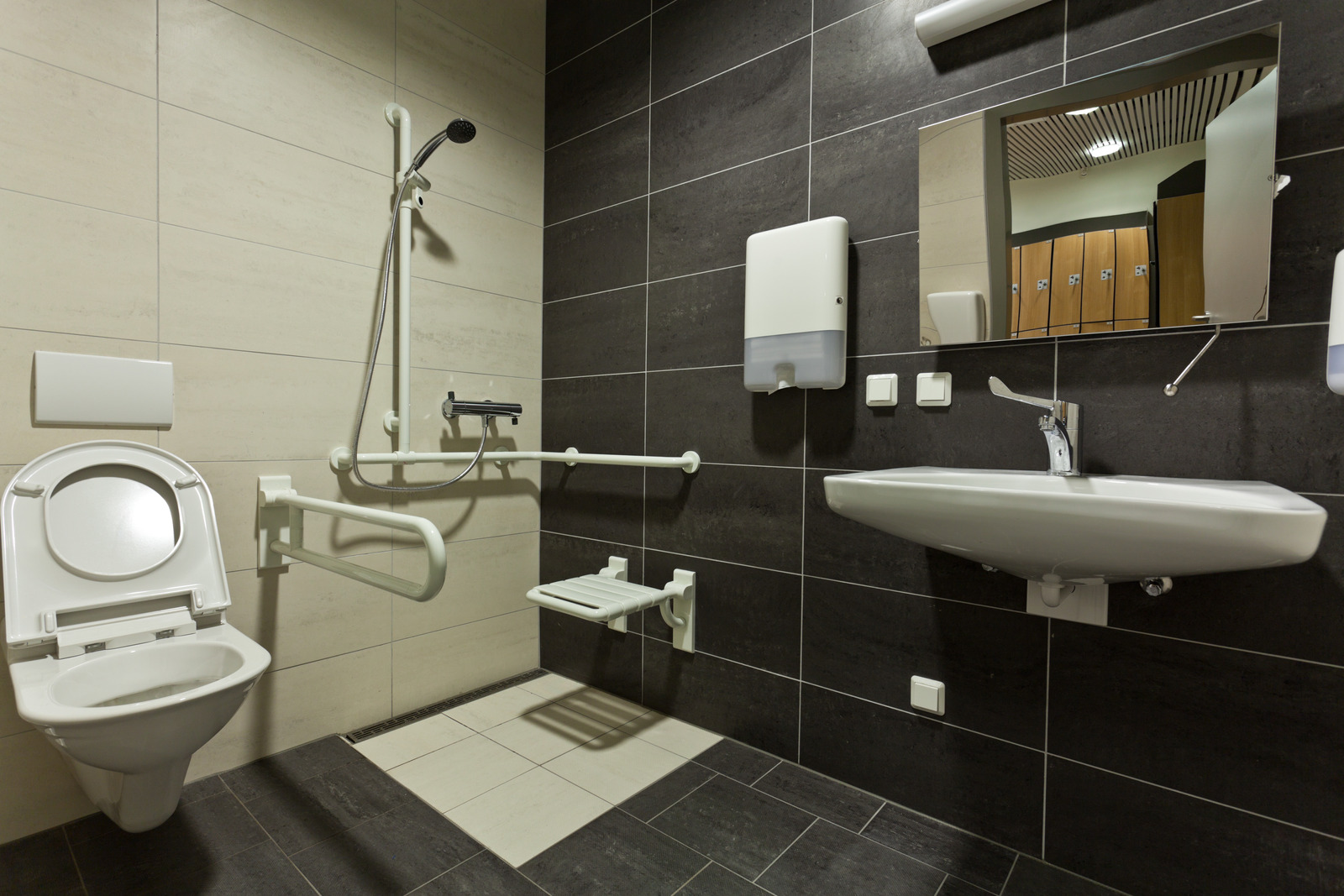The Americans with Disabilities Act (ADA) is a pivotal piece of civil rights legislation that prohibits discrimination and ensures equal opportunity for people with disabilities.
It covers all areas of public life, including jobs, schools, transportation, and all public and private spaces open to the general public.
One such space where ADA compliance is crucial is the bathroom, a place where accessibility and ease of use can significantly impact a person’s quality of life.
Table of Contents
ADA: A Beacon of Accessibility and Independence
The ADA was enacted with the goal of removing barriers that prevent individuals with disabilities from enjoying the same opportunities available to persons without disabilities.
In the context of bathroom design, ADA compliance ensures that individuals with disabilities can use bathroom facilities with the same ease and convenience as everyone else.
But what does ADA compliance look like in practical terms? It involves adhering to specific guidelines and standards that dictate everything from the width of bathroom stalls to the height of grab bars. One such standard that might not immediately come to mind but is of utmost importance is the height of shower valves.

Decoding ADA Shower Valve Height Requirements
The ADA provides specific guidelines to ensure that individuals with disabilities can comfortably and safely use the shower.
According to the ADA Standards for Accessible Design, the shower valve height standard should be installed between 38 inches and 48 inches above the shower floor. This height range ensures that the valves are within reach of a person in a wheelchair or someone of short stature.
The rationale behind these requirements is simple: to make showers accessible and easy to use for everyone. When the valves are installed at the correct height, it allows individuals with disabilities to have more independence and control over their showering experience.
The Art of Measuring Shower Valve Height
Measuring the average shower valve height might seem straightforward, but it’s important to get it right to ensure ADA compliance. Here’s a step-by-step guide on how to do it:
- Start from the Right Place: The height is measured from the floor of the shower, not the drain or the base of the tub.
- Use the Right Tools: A tape measure is the best tool for this job. It allows for accurate measurements and is easy to use.
- Measure Twice: To ensure accuracy, measure the height twice. If the two measurements aren’t the same, measure a third time.
Remember, the right height range ensures that the valve is easily accessible and usable, regardless of the user’s height or mobility level.
Laying the Groundwork for ADA-Compliant Installation
Before you start with the installation it’s important to understand the best practices for ADA-compliant installations. These practices not only ensure compliance with ADA guidelines but also make the shower more comfortable and easy to use for everyone.
Firstly, consider the type of shower you’re installing. Different types of showers have different requirements. For example, transfer showers, which are designed for individuals who use wheelchairs, have different space and clearance requirements compared to roll-in showers.
Secondly, remember that the shower valve isn’t the only component that needs to be ADA-compliant. Other elements, like the showerhead, grab bars, and shower seat (if provided), also need to meet ADA standards.

Essential Products for an ADA-Compliant Shower
Creating an ADA-compliant bathroom involves choosing the right products that enhance accessibility and usability. From adjustable showerheads to grab bars and shower seats, there are numerous products designed to make showers more accessible to individuals with disabilities.
- Adjustable Showerheads: These can be moved up or down to accommodate the user’s height, enhancing comfort and convenience during the shower.
- Grab Bars: These provide support and stability, making it easier for individuals with mobility issues to enter and exit the shower. They should be comfortable to grip and match your bathroom decor.
- Shower Seats: These provide a comfortable place to sit during the shower, reducing the risk of slips and falls. The seat should be sturdy, easy to clean, and have a non-slip surface for added safety.
- Non-Slip Mats: These mats provide extra traction on the shower floor, reducing the risk of slips and falls.
- Handheld Shower Wand: This allows for greater flexibility and control when showering, making it easier for individuals with limited mobility to wash themselves.
- Lever-Style: This type of valve is easier to operate than knob-style valves, especially for individuals with limited hand strength or dexterity.
- Shower Caddy: A caddy that’s within easy reach can hold necessary items like soap and shampoo, making them easier to access during the shower.

Other Accessibility Considerations That Make a Difference
Adjustable showerheads are a great addition to any ADA-compliant bathroom. They can be moved up or down to accommodate the user’s height, making the shower experience more comfortable and convenient. Look for showerheads with easy-to-use controls and multiple spray options for added functionality.
Grab bars are another essential product for an ADA-compliant shower. They provide support and stability, making it easier for individuals with mobility issues to enter and exit the shower. When choosing grab bars, consider their diameter and length, as well as the material and finish, to ensure they are comfortable to grip and match your bathroom decor.
Shower seats can also enhance the usability of your shower. They provide a comfortable place to sit during the shower, reducing the risk of slips and falls. Choose a seat that is sturdy, easy to clean, and has a non-slip surface for added safety. For individuals who have difficulty standing for extended periods, a shower seat can be a great addition.
A non-slip mat can also help prevent falls, a common hazard in bathrooms. These mats provide extra grip, making it safer for everyone, especially those with mobility issues.
Good lighting also makes a lot of difference in a bathroom, especially for individuals with visual impairments. Ensure the area is well-lit to prevent accidents and make it easier to use the shower controls.
Avoiding Pitfalls in ADA-Compliant Shower Installations
Even with the best intentions, mistakes can happen during the installation of an ADA-compliant shower. Here are some common pitfalls to avoid:
Incorrect Measurements: Always double-check your measurements before installing any fixtures. A small error in measurement can lead to a big problem in terms of ADA compliance.
Overlooking Other ADA Requirements: It’s important to remember that ADA compliance involves many factors. Don’t forget about other requirements like the width of the shower stall, the placement of grab bars, and the height of the showerhead.
Choosing the Wrong Products: Not all bathroom products are created equal. Make sure the products you choose are specifically designed for ADA compliance and meet all the necessary standards.

Empowering Independence Through Thoughtful Design
Understanding and implementing ADA requirements is more than just a legal obligation.
It’s a commitment to creating spaces that are accessible and usable for everyone, regardless of their physical abilities. By adhering to these guidelines, you’re not just renovating a bathroom – you’re empowering individuals with disabilities to live more independently.
What is the ADA-required height for shower valves?
According to the ADA Standards for Accessible Design, shower valves should be installed between 38 inches and 48 inches above the shower floor.
Why is there a specific requirement for shower valve height?
The height requirement ensures that the shower valves are within reach of a person in a wheelchair or someone of short stature, making showers accessible and easy to use for everyone.
How do I measure the shower valve height?
Shower valve height is measured from the floor of the shower, not the drain or the base of the tub. Use a tape measure for accurate measurements.
What other fixtures in the shower need to be ADA-compliant?
Other elements like the showerhead, grab bars, and shower seat (if provided) also need to meet ADA standards. For example, grab bars should be installed between 33 inches and 36 inches above the floor.
What are some common mistakes to avoid when installing an ADA-compliant shower?
Common mistakes include incorrect measurements, overlooking other ADA requirements, and choosing the wrong products. Always double-check your measurements and ensure all products meet ADA standards.
Where can I find products for an ADA-compliant shower?
Many home improvement stores and online retailers carry a range of ADA-compliant bathroom products. Look for products that are specifically designed for ADA compliance and meet all the necessary standards.
More Reading:
